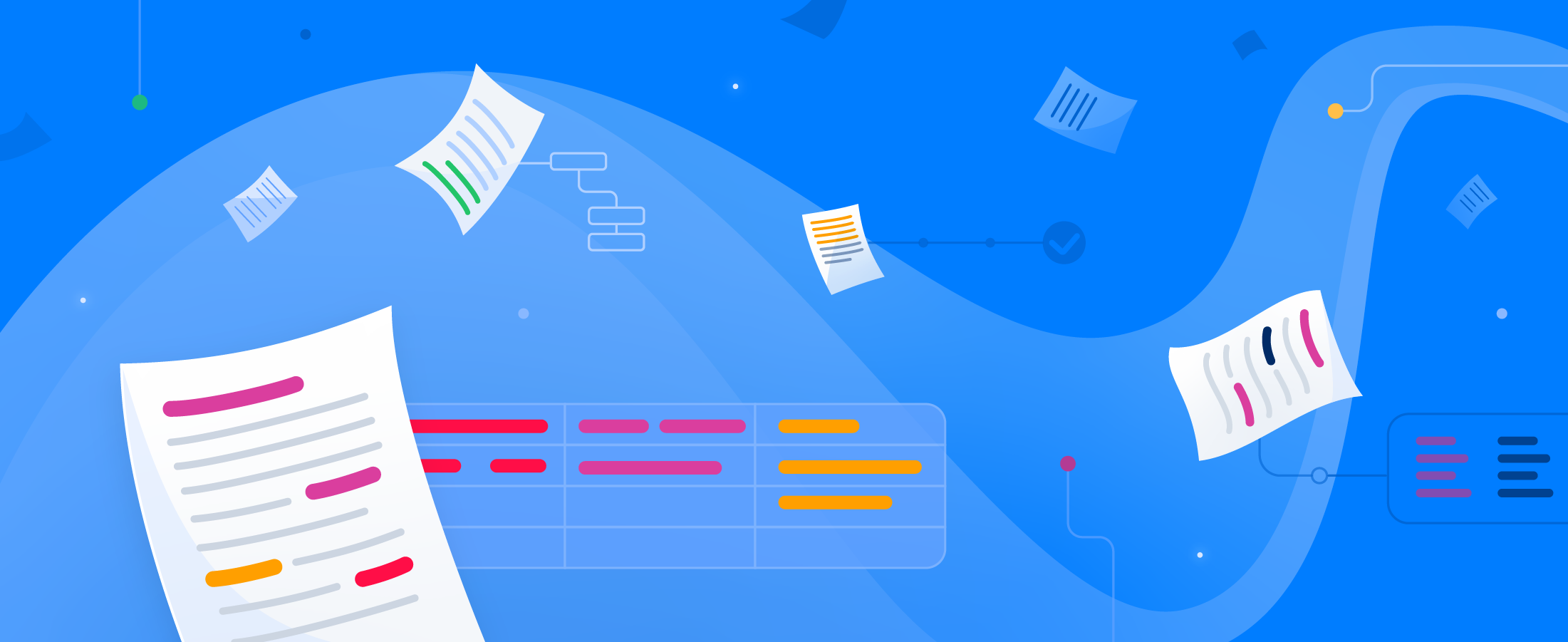A
Artificial intelligence: This term refers to computing that offers human-like intelligence.
Automation: Any device or machine that automates processes while reducing human intervention.
Automated workflow: A method for improving the efficiency and turnaround time of business processes by automating various actions in a workflow.
Automated document: Uses digital systems and workflows to create electronic documents.
B
Big data: Larger and more complex inflowing data sets.
Business processes: A set of structured, or chained, activities designed to produce a specific outcome for a designated end user.
C
Code-free integration: The easy rollout of applications, or platforms, that does not require any coding.
Customer satisfaction: A measurement determining how satisfied a customer is with a company’s products and services.
Customer experience: A combination that expresses how the customer feels about their brand journey, brand touchpoints, and the brand environment where they performed research or made a purchase.
D
Data extraction: The retrieval of data from various sources with the intent of classifying and storing that data into a designated location.
Data processing: The collection of relevant data with the objective of producing meaningful associations.
Data science: Combining scientific methods, algorithms, processes, and systems to derive relevant insights from structured and unstructured data.
Document capture: Scanning and reading unstructured documents to capture data and store in a structured and accessible format.
I
Intelligent Document Processing: The ability to capture, process, classify, and store data from various sources and various formats while learning and improving accuracy over time.
IDP technology: A platform, or solution, that offers Intelligent Document Processing and related tools such as OCR, ML, and data science.
M
Machine learning: A subset of AI that can learn based on sample data and improve without additional programming needed.
Manual data entry: Entering data via human-based manual labor.
N
Natural language processing: A combination of AI, linguistics, and computer science designed to understand and analyze natural human language.
O
Optical character recognition: The process of using character recognition to extract text and images from documents and various file formats.
P
Process automation: Business automation is the process of streamlining business workflows by automating tasks and activities.
S
Structured data: A structure that offers a well-defined, consistent model, is easily accessed, and stored into a specified database.
U
Unstructured data: Data that is not predefined and is often ambiguous in nature.











































